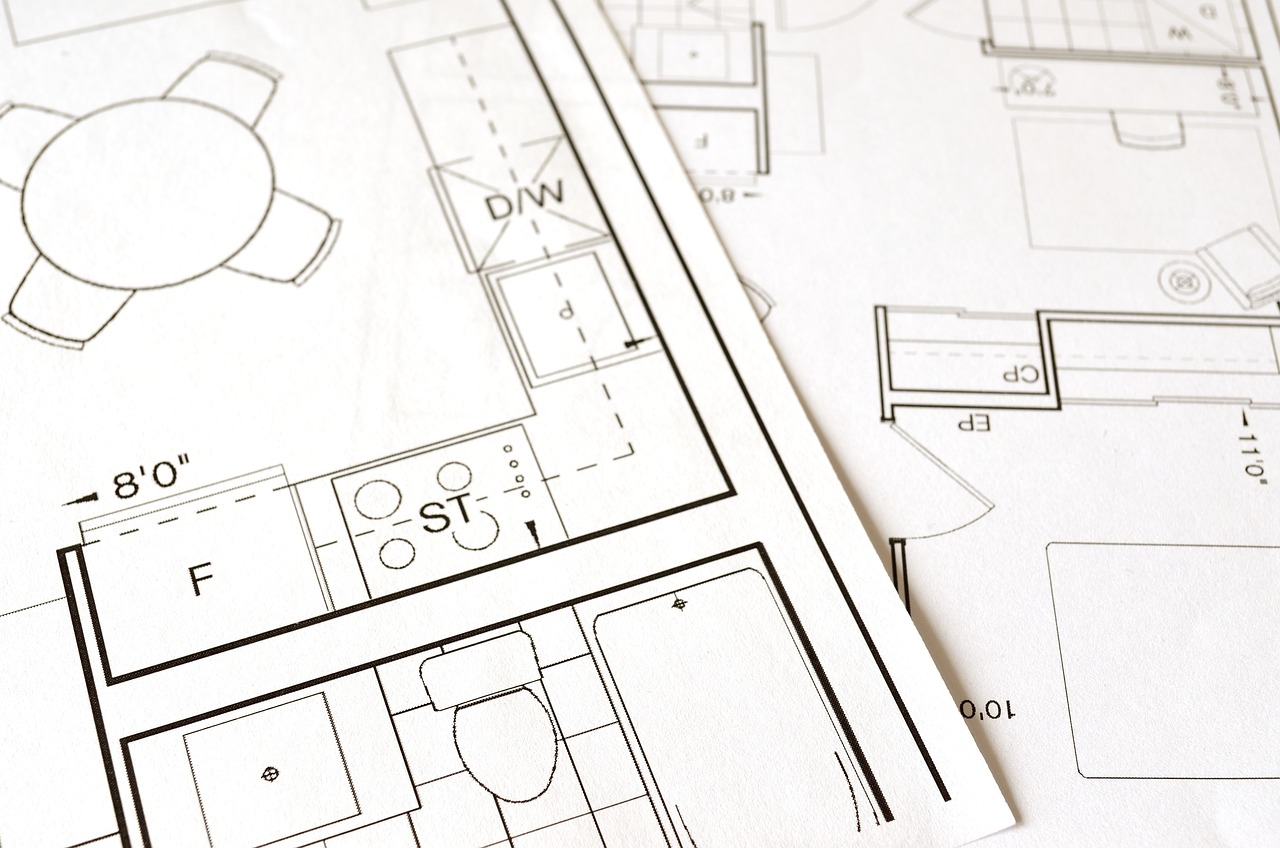So you have completed steps 1-4:
- Step 1 – Start your research
- Step 2 – Line up your finance and work out your budget
- Step 3 – Research, research, research
- Step 4 – Buy your block
And you are ready for Step 5, a set of drawings.
What do you want to achieve?
Diving into the detail too fast can miss the big picture. If you engage an architect they won’t start by asking whether you want a walk-in robe or what ceiling height you’d like. To understand what you want to build, they’ll start with big picture stuff about how you like to live and what is important to you. Do you want the flexibility to close off part of the house later as a granny flat for your granny or for your adult kids? Is a lot of family time in a home theatre part of your actual lifestyle? There are some nice lists of these kind of questions here and here.
Sources of inspiration
And this is your opportunity to build whatever you’d like! One of the common motivations for owner building is wanting to build something unusual. Whether it’s the tranquillity of a straw bale house, a house that is not built up to the block boundaries and actually has a garden, or a home that integrates a great home working space, or an AirBnB suite to give you some passive income in retirement.
And then there’s style. If you copy what everyone else is doing right now, it may look dated pretty fast. What do you actually like? What styles and finishes really float your boat? Bathe in Pinterest. Walk around your neighbourhood (or a more aspirational one) and take pictures of the houses you like. Binge watch the property shows on TV. Look at what all the builders are marketing.
Follow the Australian Undercover Architect and Sustainable Builders Yak podcasts, and anything else that appeals to you. Attend Open House days and Sustainable Open House Day.
Dream big.
Future proofing
There are lots of things you can do to help your home remain comfortable and affordable far into the future.
- If it’s feasible on your block, good passive solar design is free, and will save you heating and cooling costs for the whole lifetime in your home, while also delivering better thermal comfort all year round. This is about simple stuff like where you position your windows and how they are shaded. If you get it right, the sun can warm your house in the winter, and your windows can all be shaded in the summer, just through good design.
- Investing in extra insulation, double glazing, or even going as fas as a Passive House (a German certification also known as a Passiv Haus), can all also help you save running costs across the lifespan of the house, while also being more comfortable. Climate change may bring the simultaneous challenges of more temperature extremes and more power outages.
- Right-sizing your house is a good way to make it cheaper to build, cheaper to run, and cheaper to live in. People rarely ask about the payback period or return on investment for a home theatre room that may barely be used. Rather than building the largest house to the lowest quality that you are legally allowed to, you could treat yourself to a smaller, better quality, more comfortable home 🙂
- Adaptations for physical limitations can be easy to add in at the design stage. Wider doorways or more accessible toilets and showers, for example. Any of us could find ourselves living with a disabilty, and all of us, if we’re lucky, will live to be old.
- And as above, a flexible floorplan will allow you to adapt as your family evolves, and being able to close a door to shut off a granny flat or a workspace or an AirBnB suite may be just what you need at stage in your life.
Existing designs
Be aware that most house plans that you might see online are under someone’s ownership under copyright law. You cannot just copy them. This applies at a certain level of detail or specificity – no-one has copyright over the general concept of a three bed two bath house, the concept of an open plan kitchen-diner-living room, or the concept of a butler’s pantry.
A happy exception is the Australian government’s YourHome website which has four free house designs available, optimised in all kinds of ways.
Surveyor
You will need an accurate survey of your block as a starting point. A surveyor can provide this, and can also check your boundary fences are in the right place.
Preparing drawings
Wow, sorry, this was the question I started out intending to answer! People are often asking for recommendations for an architect or draughtsperson, or for software to do it themselves. This is the advice I’ve typically seen given:
- An architect is the most expensive route, but may also lead to the most beautiful and ergonomic house.
- A draughtsperson will be cheaper and should do a workmanlike job of putting together the ideas you bring to them.
- A designer should be somewhere in between.
- You don’t have to pick only one of these options, for example an architect could do your design for planning permission, and you could hire someone cheaper to prepare the detailed drawings for the engineer and building permit.
- It’s from 2021, but there’s quite a long thread here on the Owner Builders Australia Facebook group where people discuss what they paid for their plans. You can also search the group for your state to see what people have shared there.
Software
The Owner Builders Australia Facebook group has a discussion here about packages you can use to design your own house. If you search you will find lots more great input on this. Packages that I’ve seen recommended include:
- Sketchup
- BricsCAD
- Bluebeam
- AutoCAD and AutoCAD LT (Both from Autodesk, who have discontinued Autosketch)
- Floor Planner
- Magic Plan
- Archicad
Pitfalls to self design
- There will be a long list of restrictions on what you can build and how you can build it – see my blog post on the permits process – that can be extremely detailed and difficult to get exactly right.
- Would you ordinarily hand over responsibility for designing the biggest financial investment you’ll ever make to an amateur? A professional may do a better job in ways that would never have crossed your mind, leaving you living in a much nicer home.
- You’ll be on a learning curve and you will probably be slow. The council may knock back your applications. Every delay is likely to be costing you, as you pay the mortgage on your block and pay rent to live somewhere else.
- It’s easy to get attached to wonderful ideas that turn out to be too expensive. Actually, this applies no matter who does your drawings!
Designing your dream home
Whichever route you take, I wish you a happy time working out just what it is that you are longing to build!
The next step – and a good one to have in mind throughout all of the above – is Step 6 – Permits.
Image by ElasticComputeFarm from Pixabay

